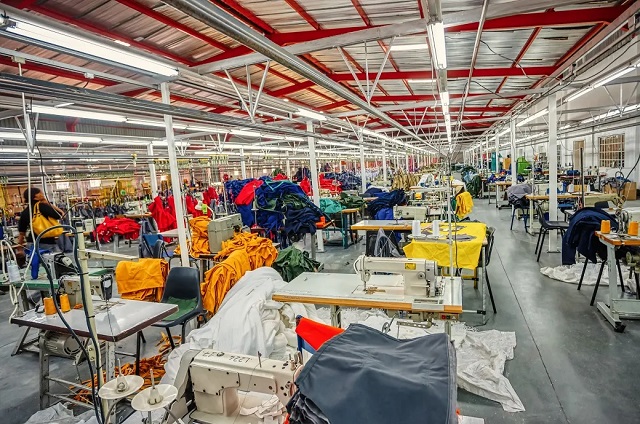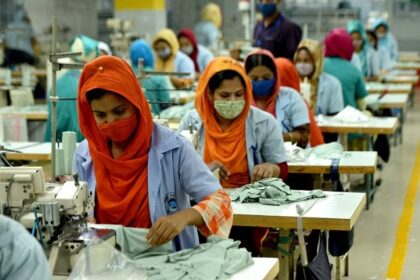China’s expanding textile influence is significantly altering the landscape of Africa’s fashion and apparel industry. Backed by over $760 million in investments since 2013, Chinese textile giants have tightened their grip on African markets through low-cost, high-volume exports and direct investment in production facilities across the continent.
From Nigeria to Zimbabwe, locally produced fabrics are being rapidly displaced by cheaper Chinese alternatives. In Nigeria, traditional wax prints and kitenge are now largely imported from China, causing strain on local producers. Zimbabwe has witnessed factory closures due to an influx of Chinese textiles that undercut domestic prices.
Chinese companies are also building integrated industrial parks in countries like Ethiopia and Egypt. For example, Egypt hosts a $385 million Chinese textile plant by Lutai Group, while Ethiopia’s textile zones in Dukem, Adama, and Dire Dawa are backed by Chinese capital and showcased prominently at Africa Sourcing and Fashion Week.
Despite fears of deindustrialization, Chinese involvement is bringing job creation, infrastructure upgrades, and technology transfer. Some African designers are leveraging Chinese inputs while maintaining cultural authenticity—blending Chinese motifs with African fabrics and introducing fashion hybrids like capulana-made qipaos.
African creatives are also gaining visibility in China. Shanghai Fashion Week recently featured 22 African brands under the “Africa Reimagined” banner. Meanwhile, sustainability movements across the continent—from upcycled fashion in Ghana to eco-garment factories in Rwanda—are promoting locally rooted alternatives to mass imports.
Still, the surge of Chinese imports raises concerns about long-term industrial dependency and cultural dilution. Experts suggest Africa needs a balanced approach—embracing foreign investment while building self-sufficiency through local manufacturing policies, infrastructure, and support for homegrown brands.






